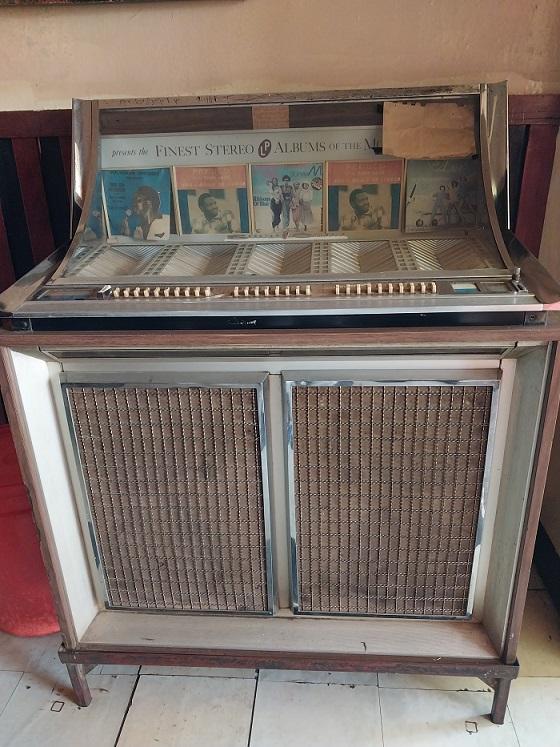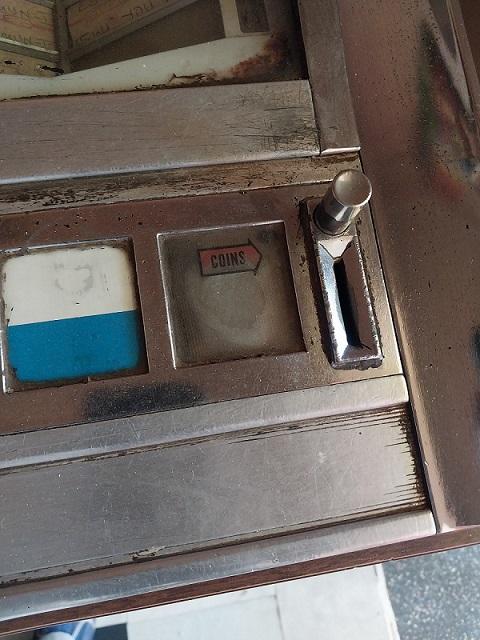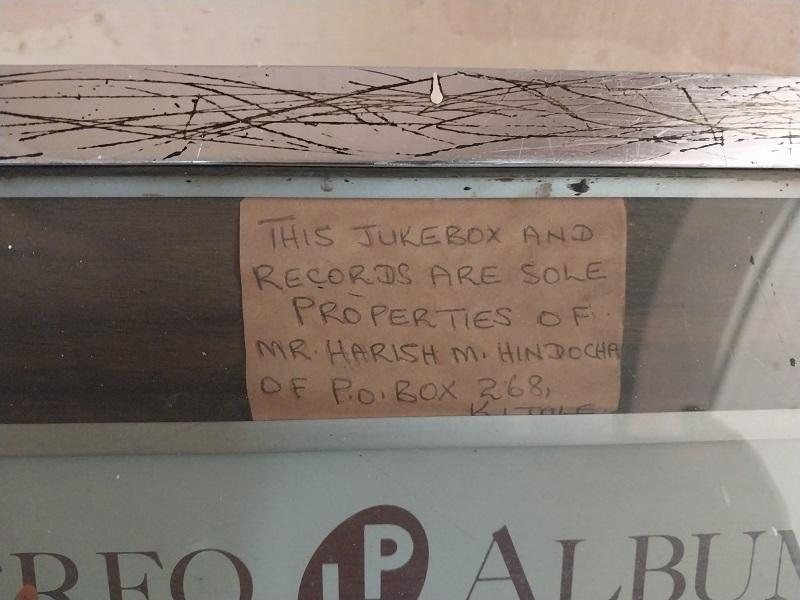History of Jukeboxes. The jukebox has a fascinating history that spans over a century. It originated as a machine designed to play recorded music, allowing people to select and listen to their favorite songs. Here’s a brief history of the jukebox:
-
Early Phonographs: The jukebox’s roots can be traced back to the late 19th century with the invention of the phonograph by Thomas Edison in 1877. These early machines used cylinders or discs to play recorded sound.


-
Coin-Operated Phonographs: In the early 20th century, coin-operated phonographs were introduced. These machines allowed patrons to pay a small fee to listen to a selection of songs. The first commercially successful coin-operated phonograph, known as the “nickel-in-the-slot” machine, was developed by Louis Glass and William S. Arnold in 1889.
-
Automatic Selectors: The next significant development came in the 1920s with the introduction of automatic song selectors. These machines, commonly known as “jukeboxes” (a term believed to have originated from African-American slang for disorderly establishments), used mechanical means to change records automatically and allowed users to make their song selections.
-
The Swing Era and World War II: The jukebox gained immense popularity during the Swing Era of the 1930s and 1940s. Jukeboxes were found in bars, clubs, and restaurants, becoming a central source of entertainment. During World War II, jukeboxes played a crucial role in boosting the morale of troops as they were installed in military bases worldwide.

-
Transition to Vinyl: In the 1940s and 1950s, the use of vinyl records became prevalent in jukeboxes. The transition from shellac or glass-based records to vinyl offered better sound quality and increased durability.
-
Rock ‘n’ Roll and the Golden Age: The 1950s and 1960s marked the golden age of jukeboxes. The rise of rock ‘n’ roll and other popular music genres led to an explosion in jukebox popularity. They became iconic symbols of youth culture, with jukeboxes found in diners, soda shops, and dance halls.
-
Digital Era: The late 20th century saw a shift from mechanical jukeboxes to digital models. Digital jukeboxes allowed for greater song selection, faster song retrieval, and more advanced features. Compact discs (CDs) replaced vinyl records as the primary medium for music.
-
Internet Connectivity and Streaming: With the advent of the internet and digital music streaming, jukeboxes evolved further. Modern jukeboxes can be connected to online databases and services, allowing access to vast libraries of music. Users can often browse and select songs using touchscreens or smartphone apps.
Today, History of Jukeboxes continue to evoke nostalgia and remain popular in retro-themed establishments, as well as in homes of collectors and enthusiasts. While their design and technology have evolved over time, jukeboxes still serve as a testament to the rich history of recorded music and its cultural impact.

END

